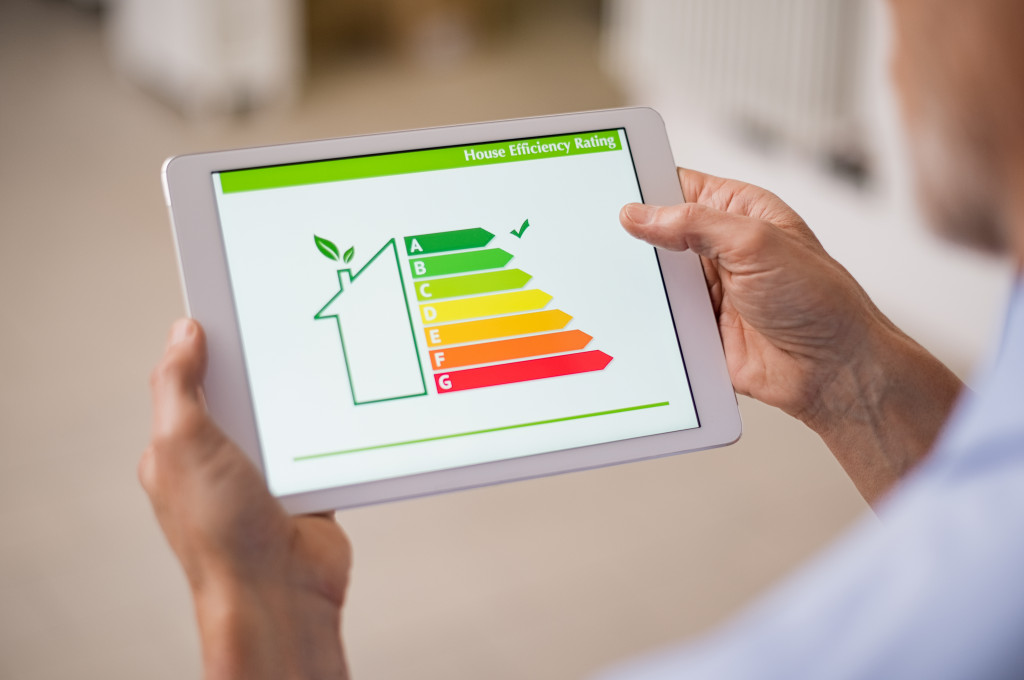There is no doubt that home improvement is essential. Numerous studies have shown that home improvement projects not only increase a home’s value but can also improve the quality of life for the people who live in them.
For example, a recent study by the National Association of Realtors found that homes that had been updated and improved sold for an average of 10% more than homes that people had not improved. And in another study by the National Association of Home Builders, homeowners who made improvements to their homes reported significantly higher levels of satisfaction with their homes than those who did not make any improvements.
So, if you’re thinking about making some improvements to your home, don’t hesitate – it’s worth it! However, you might not know where to start. Here are a few aspects that deserve your attention.
Security
Security is one of the most important things to consider when undertaking a home improvement project. Your home must be as safe as possible for you, your family, and your possessions.
Some ways in which security can help improve your home are by installing a security system, adding locks to doors and windows, and installing motion-sensitive lights. A security system can help protect you and your family from intruders, and motion-sensitive lights can deter thieves from attempting to break into your home. Locks on doors and windows can also keep burglars from gaining access to your home.
So, if you’re considering making any improvements to your home, include security as one of your top priorities. It will help keep you and your loved ones safe and may increase your home’s value. Local home security installation companies can help you choose the right products for your home and install them professionally.
Energy Efficiency

Another important aspect of home improvement is energy efficiency. Making your home more energy-efficient can help reduce your monthly energy bills and save you money in the long run. It can also help make your home more comfortable and reduce your carbon footprint.
Some ways to make your home more energy-efficient are sealing drafts, insulating walls and ceilings, and installing energy-efficient windows. Sealing drafts can help prevent warm air from escaping your home in the winter and cool air from running in the summer. Insulating walls and ceilings can help keep your home’s temperature consistent, making it more comfortable for life. And energy-efficient windows can help reduce the heat that enters your home, keeping it more relaxed in the summer and warmer in the winter.
So, if you’re looking to save money on your energy bills and make your home more comfortable, consider making it more energy efficient. These simple improvements can have a significant impact.
Water Efficiency
Another important aspect of home improvement is water efficiency. Making your home more water-efficient can help reduce your monthly water bill and save you money in the long run. It can also help reduce your environmental impact by using less water.
Some ways to make your home more water-efficient are installing low-flow showerheads and toilets, fixing leaks, and using drought-tolerant landscaping. Low-flow showerheads can help reduce the amount of water used when showering, and low-flow toilets can help reduce the amount of water used when flushing. Fixing leaks can also help save water by preventing it from being wasted. And drought-tolerant landscaping can help reduce the water needed to maintain your yard.
Lighting
Lighting is another crucial aspect of home improvement. Good lighting can help create a more inviting and comfortable space in your home. Using less energy can also help you save money on your energy bills.
Some ways to improve your home’s lighting are installing energy-efficient light bulbs, using natural light, and adding task lighting. Energy-efficient light bulbs use less energy than traditional incandescent bulbs and can last for years. Using natural light can help reduce your need for artificial lighting and save energy. And task lighting can help provide additional light for tasks such as cooking, reading, and working.
So, consider improving your home’s lighting to create a more inviting and comfortable home. These simple changes can make a big difference.
Functionality
Functionality is another essential aspect of home improvement. Making your home more functional can help make your life easier and improve your quality of life.
Some ways to make your home more functional are adding storage, improving accessibility, and increasing the size of your living space. Adding storage can help you organize your belongings and keep them out of the way. Improving accessibility can help you move around your home more efficiently. And increasing the size of your living space can give you more room to live and work.
So, if you want to improve your quality of life, consider making your home more functional. These simple changes can significantly impact how you live and work in your home.
Final Thoughts
Home improvement is a great way to make your home more comfortable, efficient, and functional. These simple changes can have a significant impact on your life. So, consider making simple changes if you want to improve your home. You may be surprised at the difference they can drive.
